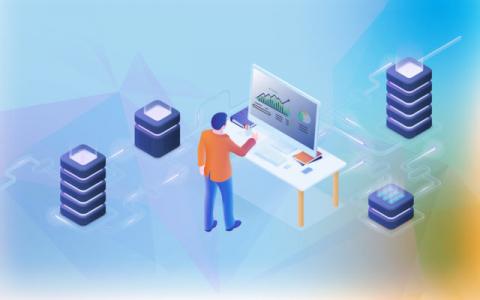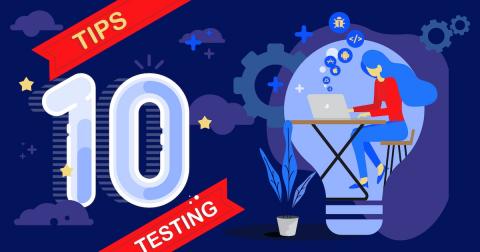Business intelligence, minus the dashboard?
For over 30 years, the dashboard has been the delivery paradigm of choice for decision support and executive information systems. It started with Business Objects and Cognos, and today Qlik, Tableau, Power BI and other vendors are still using dashboards as the medium of data delivery. Rather than thinking about whether there’s a better way to deliver insights, dashboard dinosaurs just keep using the same paradigm.







